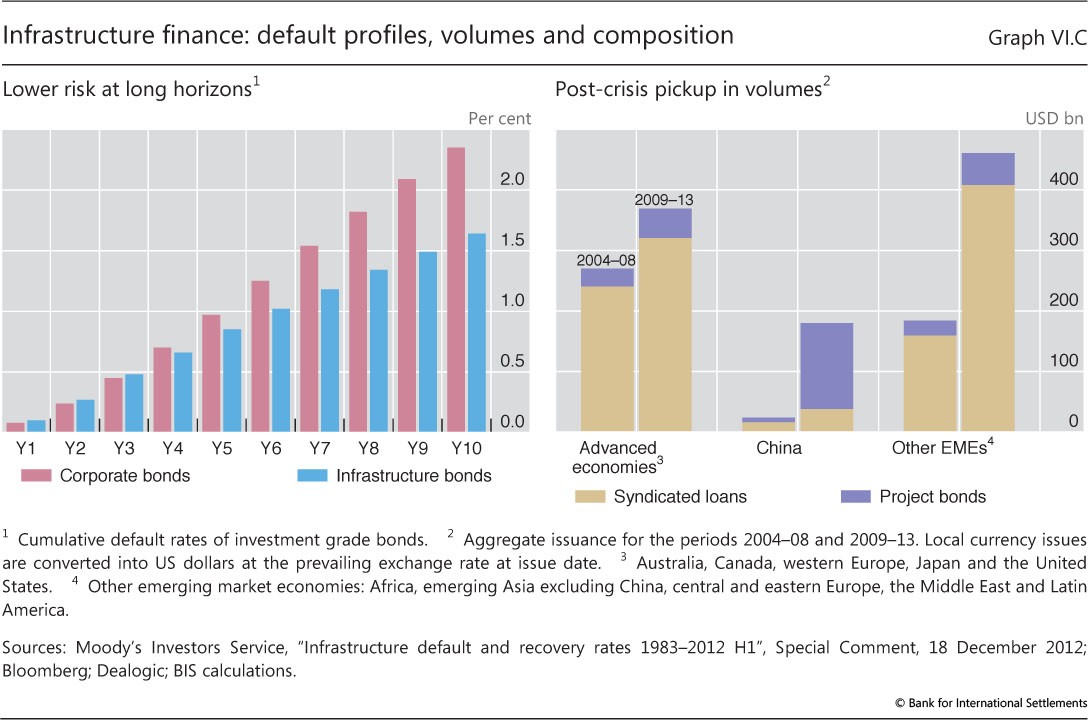Investing 101 What is a financial derivative National Business and Finance 101
Post on: 16 Апрель, 2015 No Comment

Having nothing in common with their mathematical counterpart, financial derivatives are financial contracts that derive their value from something else like commodities, stocks. mortgages etc (this is called the underlying). The four major types of derivatives are forwards, futures, options, and swaps. Derivatives are a vital part of the financial world and are used by companies to hedge their risk, as compensation for employs (options), as speculative ventures for hedge funds and investors, as well as for many other things.
A derivative is an alternative to a direct sale or purchase of an asset. Becasue having the underlying asset is not a requirement to participate in the derivative trading of that asset, there is no limit to the number of derivatives that can be sold, and investors have certainly not overlooked that quality. In fact, the derivatives market was valued at over $500,000,000,000,000 in 2007 — over 33 times the United States’ annual gross domestic product (GDP).
Derivatives can also be used to share risk.
A credit derivative, for example, is used basically as an insurance policy for a creditor. A creditor buys a credit derivative to ensure that they are paid back the money owed to the them by the original borrower in the event that the borrower does not pay the money back. The person who issued the credit derivative is now obligated to pay the creditor in the event that the orignal borrower can not pay the money back. Whats more, the person who provided the credit derivative for the original creditor can then themselves go on to buy a credit derivative to pay them in the event that the original borrower does not pay back the loan. As the chain of derivatives continues, the further removed the issuers of these derivatives are from the actual asset.
The problem with this is that while the risk is shared between more people with things like credit derivatives, more people are exposed to risk. If one person on that precarious chain of derivatives falters, everyone else on that chain feels the effects. The negative ramifications created by this massive exposure to risk created by derivatives is not just hypothetical — the sub-prime mortgage crisis would not have been possible without derivatives.

Leverage is also a key concept when it comes to derivatives. Derivatives are highly leveraged, which means there is a great possibility of phenomenal returns. By the same token, however, there is a great possibility of horrendous losses. For example, the Forex market is leveraged 200 to 1. What this means is that for every 100 dollars you put in to the market you could earn, or lose, 20,000 dollars.
Examples of financial disasters related to derivatives are numerous. One of the most notable examples comes from that of Nick Leeson who single-handedly brought down the United Kingdoms oldest investment bank, Barings Bank. He did so through speculative trading of derivatives on Singapores Singapore International Monetary Exchange (SIMEX) in 1995.
Additionally, derivatives provide the opportunity for financial engineering and design, which both adds to their mystique as well as their inherent advantages and disadvantages. The securitization of mortgages allowed collateralized debt obligations (CDOs ) to be backed by mortgage-backed securities (MBSs ), which not only brought the global credit market to its knees thanks to the sub-prime mortgages involved, but also stands an example of recent financial engineering involving derivatives.
The world of derivates is a confusing and ever-changing one, but if you know how to navigate it, the potential successes are very lucrative. But before I sell you too much on the merits of derivatives, let me leave you with the words of one of the worlds smartest investors, Mr. Warren Buffet. In my view, derivatives are financial weapons of mass destruction, carrying dangers that, while now latent, are potentially lethal.














